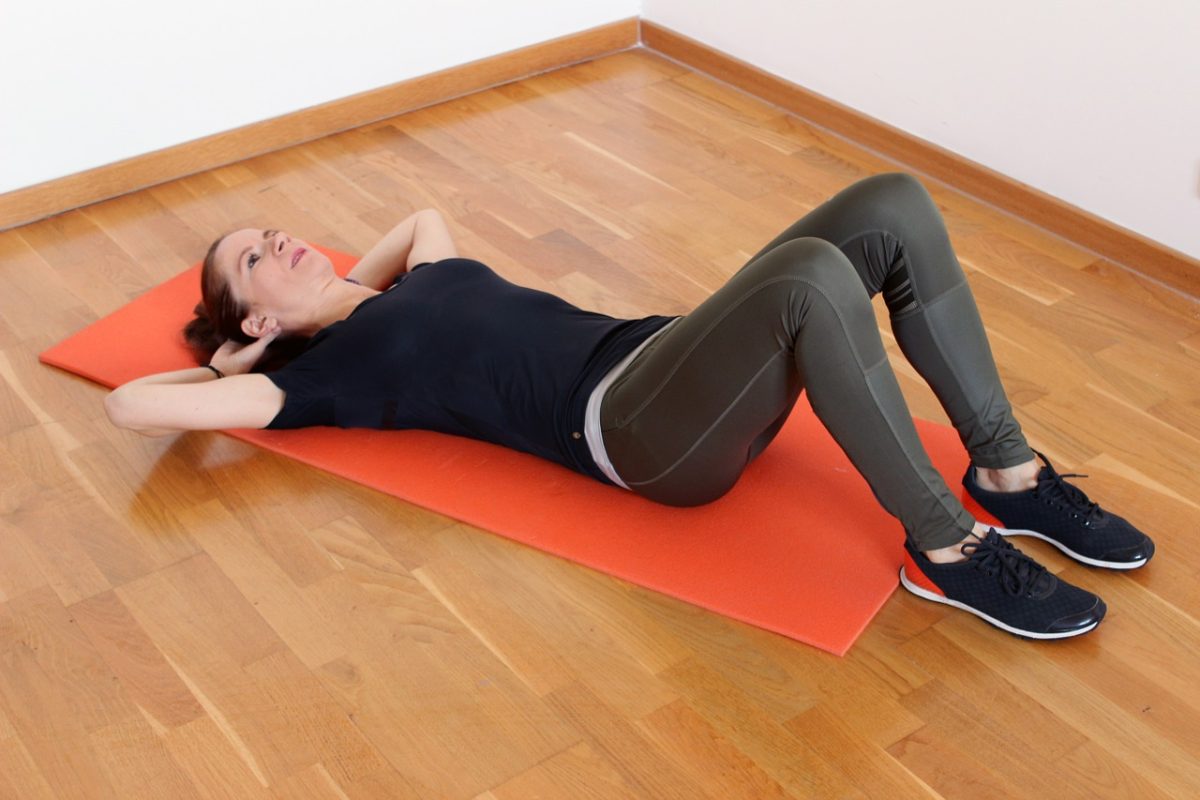Loudoun County, Va. — The core is one of the most complex features of the human body. Everything we do involves the core. What is the core exactly? A lot of people think it’s those wonderful six-pack abs. But really that’s not the core, that’s only a small component of the core.
So what else makes up the core?
- Your abdominal muscles
- Your hip muscles
- Your back muscles
- The muscles that surround your pelvis
You need all those muscles to be working well together as a team in order to have good core strength. Some of the muscles in your core stabilize your trunk while the other muscles help you move: bend forward, bend backward, move side to side, etc. It’s important that all your core muscles be in balance with one another. If you overwork certain areas, like just working out your abdominal muscles, that means you still have areas that are very weak, and this is where we start to see a lot of problems. You have overstretched muscles, and then you have very tight muscles.
How do I determine how strong or how weak my core is?
How did you do? You might be wondering what’s the big deal if I wasn’t able to do these exercises perfectly. It’s important to know that while you might not be feeling an immediate effect of poor core strength, like pain, you are hopefully more aware of the fact that you have muscle imbalances. That means that your muscles aren’t stabilizing your pelvis and your trunk very well. This has an impact on other parts of the body and will also affect regular, day-to-day activities if not corrected.
One day you might bend over to put something in the washing machine or dryer and feel a tight grab or a pain in your back. Pain is an indicator that you now have an injury.
If you like to stay active with sports, poor core strength can present itself in a lot of different ways. For example, you might go to kick a soccer ball and because you don’t have the core stability to keep you upright, you can lose control and end up with a knee injury.
A lack of core strength has a trick down effect. It can transition over to any other body parts because there is not enough strength to support anything that’s going on below. It can become a back problem. It can become a knee problem. It can become an ankle problem. It can become a shoulder problem because everything stems from your core.
We treat a lot of kids with back problems, an issue that stems from a lack of core stability. Whether it’s kids or adults, we are all sitting at school and at work with poor posture. When we’re sitting for really long periods of time and not getting up and moving, our spines start thinking that bent, slouched position is the only position. Physical therapy can actually train your spine to move in all directions properly.
In physical therapy, we’re going to assess your posture and assess your alignment. We will educate you on good body mechanics to use when you’re being active, at home and at work. The most important component of treatment is the manual component. This is the hands-on treatment that physical therapists provide to the patient. It’s very individual to the patient’s particular condition and needs whether it’s some soft tissue mobilization to work on trigger points, knots, manual stretching or stretching you when you can’t stretch yourself in a certain way.
NOTE FROM OUR SPONSOR: Don’t wait until you have pain in order to actually do something about it. Because when you have pain, then it’s already past the point of preventing injury. That’s a sign that their may be something more serious going on. So it’s always good to get a general idea about your core strength. Call LSTC TODAY at 703-450-4300!
[adrotate banner=”13″]

